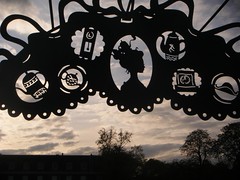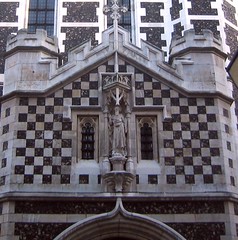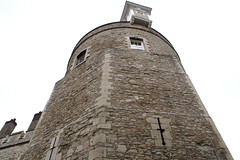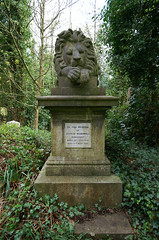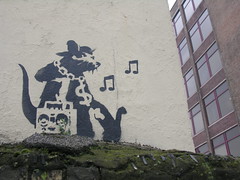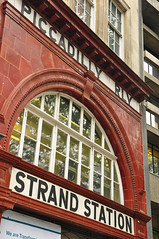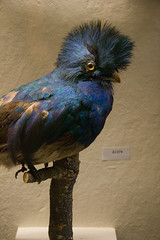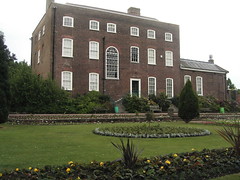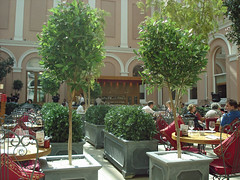 Question of the week:Can you suggest somewhere to visit with a Royal connection?
Question of the week:Can you suggest somewhere to visit with a Royal connection? "For somewhere not a palace, how about the Enlightenment room at the British Museum; a fascinating collection in the room built to house The King's Library, over 60,000 books collected by King George III (1760–1820), and given to the nation by his son.
The nation, in the form of the British Museum, was running out of space, so the beautiful quadrangle building that houses the museum today was commissioned. The King's Library room was the first wing to be built, and in 2004 was re-launched as the home of the Enlightenment Room, an exhibition examining both the past and the Enlightenment's relationship to that history"- Miss Alice
* Photo by Seriykotik1970, used under Creative Commons, with thanks.
